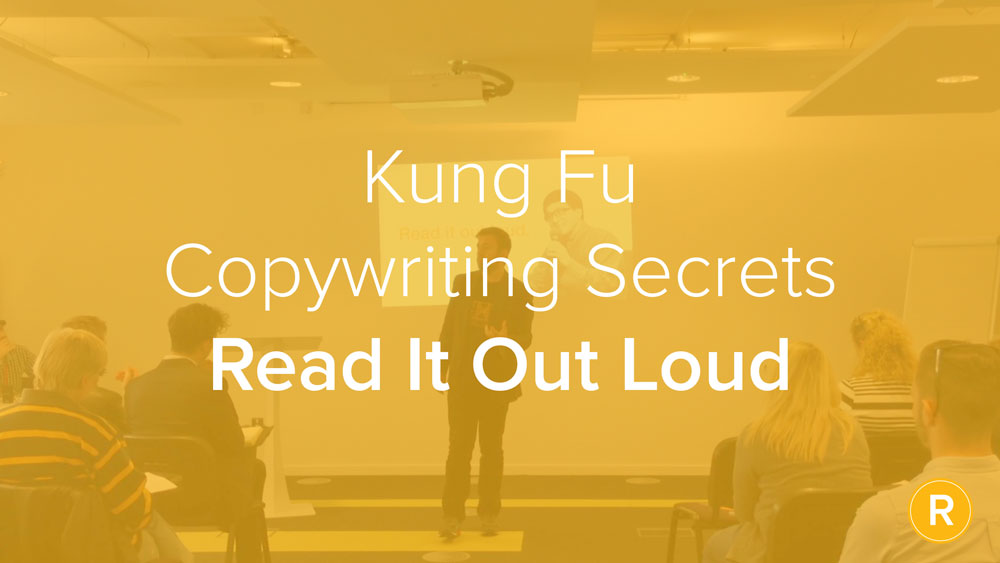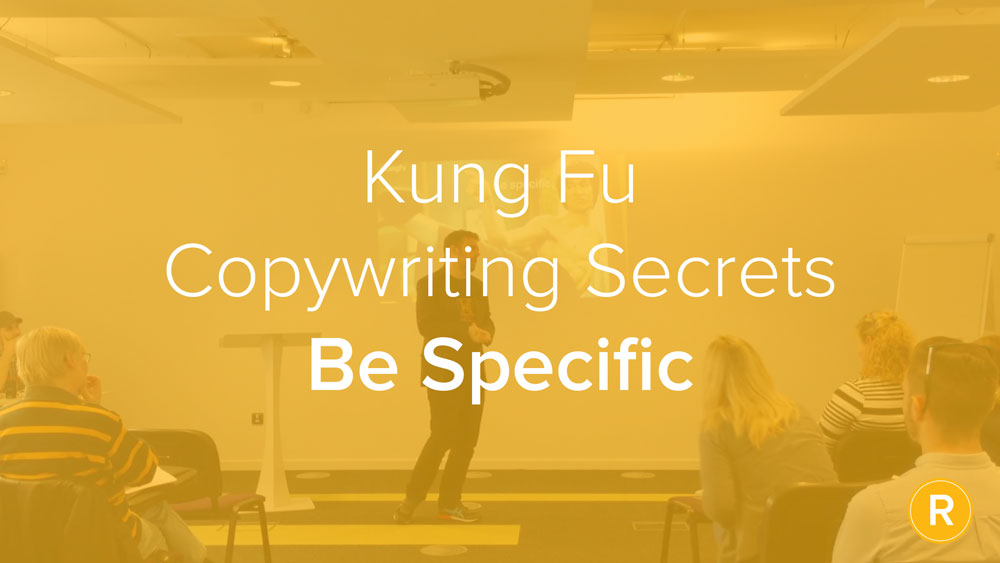Do you know an iamb from a trochee?
They’re metrical feet. Used in prosody.
Oh, still no good? Alrighty then, let’s explain. In a piece of writing, they help to describe the rhythm of stressed and unstressed syllables – where your voice naturally goes up and down, and where the emphasis falls.
(A trochee is one unstressed, then one stressed syllable – TUM-tee – double, smartphone, gently, tablet. An iamb is the inverse – tee-TUM – reverse, polite, account, kaboom. Iambic pentameter is five of them in a row.)
There are loads of different kinds of metrical feet (by the way, they don’t have to be individual or even entire words, those were just examples), and knowing what they’re called is of limited use in copywriting, except for showing off.
But the habit of thinking about rhythm, and whether a syllable carries emphasis or not? That will improve your writing immediately. Too often, writers think about what a word means, but completely forget how it sounds – and getting a feel for the rhythms of speech can make something engaging, like magic.
For example, ending sentences, paragraphs and thoughts on a strong, stressed syllable; it adds weight, completeness and punch. It’s the reason why sentences ending in -ly adjectives can feel like they’re drifting away limply.
You don’t want to over-use it, or your writing could come off as a little too assertive, but especially at the end of your copy it’s a nice little trick.
This is the last of the videos from this particular presentation. Look out for our new series, starting soon.
Here’s what the video says:
I don’t know if any of you remember, but a few years ago Giles Coren wrote a scathing letter to a sub-editor at a newspaper that he had written a restaurant review for. And they’d deleted the penultimate word.
And this letter is famous, because he goes off on one and he’s really awful about it.
(Funnily enough, I had a chat with him about it on Twitter and he really regrets it now. I was almost disappointed that he’s actually quite a nice guy.)
The point that he is making — he thinks this is GCSE level English; I don’t know where he did his GCSEs — is that it affected the scansion. Because by putting a word before the last word he wanted to end on a bang.
(They changed “Go out for a nosh,” to “Go out for nosh,” and it spoiled a joke about the fact it was in Soho and he was going out for a nosh, and if you get that you do and if you don’t, you don’t.)
However, aside from spoiling the joke but the other point he made was whatever he writes he ends on a stressed syllable.
And as much as I hated that letter I kind of went “Good point.” (Apart from the fact that I thought taking the word ‘a’ out doesn’t really mean it’s not a stressed syllable at the end.)
It’s useful to have a knowledge of prosody… So in poetry, it’s like poetic meter — so Shakespeare’s stuff is all in iambic pentameter: it goes “tee tum tee tum tee tum tee tum tee tum”. Unstressed, stressed, unstressed stressed: “But soft, what light through yonder window breaks?”
(I went to see Paul Merton’s improv show at the Hall for Cornwall, and they did a game where they had to suddenly say everyday stuff in a Shakespearean way. You could tell the actors that had performed a lot of Shakespeare because iambic pentameter just came to them like that. They just got it, and whatever they said came out in iambic pentameter. I don’t have that gift.)
And sometimes — particularly when it’s content to be read out loud — you do kind of want to go “tee tum tee tum tee tum tee tum tee TUM” and end on a stress. So it’s not “doo de doo, do this and do this and do this… instantly.”
It’s “iiiiiiiinstantly” and tumbles out at the end.
“Do this and this and this… fast.” Bang.
OK, that example may be a bit aggressive, but I think if you end on a short word that carries the stress of the sentence, or on a two-syllable word, or three syllable word with the last syllable has a bit of punch to it. You end short, end hard and stop.
Bang.
Enjoyed Kung Fu B2B copywriting tips?
Then subscribe to our monthly email for even more B2B content and writing advice.
(Or watch the full Kung Fu Copywriting playlist here.)


